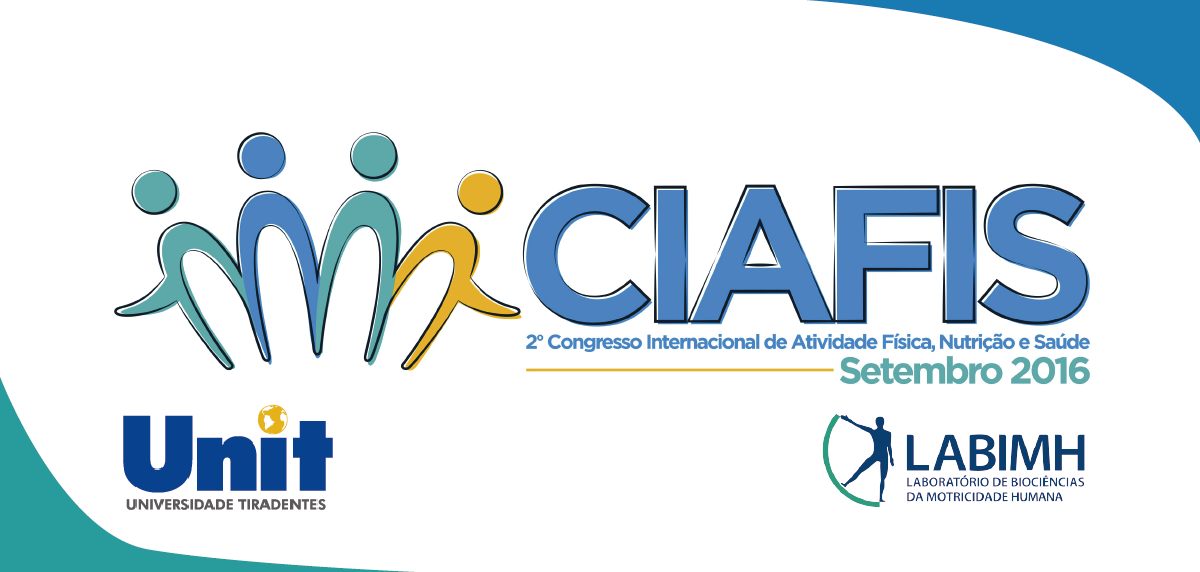PHENOLIC COMPOUNDS AND ANTIOXIDANT ACTIVITY OF TAMARIND PULP EXTRACTS.
Palavras-chave:
Tamarind, antioxidant activity, phenolic compoundsResumo
INTRODUCTION: The Tamarindus indica L., a fruit found in many tropical regions of the planet. In Brazil, the tamarind production is located mainly in the North and Northeast. The pulp with fibrous texture is used to prepare sweets, ice cream, liquor, soft drinks and concentrate juice. AIMS: This study aimed to quantify the phenolic compounds of lyophilized tamarind pulp and evaluate the antioxidant capacity in different in vitro methods. METHODOLOGY: Aqueous and hydroalcoholic extracts (methanol and ethanol) of tamarind pulp were obtained and its total phenolic content was determined by the Folin Ciocalteau method and the antioxidant activity was observed in different assays: radical scavenging (DPPH), Ferric Reducing Antioxidant Power (FRAP) and Oxygen Radical Absorbance Capacity (ORAC). For the statistical treatment of the data the analysis of variance was used, followed by Tukey post-test, using the Prism 5.0 software with p<0.05. RESULTS: The extracts showed significant amounts of phenolic compounds expressed in mg/g dry extract. Aqueous extract showed the highest content (6.83 mg/g) followed by ethanol extract (6.29 mg/g) and then the methanol extract (5.02 mg/g). For in vitro antioxidant activity, methanol extract showed better performance in scavenging the DPPH radical (IC50: 2.62 mg/ml). The ethanol extract had higher ascorbic acid equivalence in the ability to reduce iron (3.02 μg of ascorbic acid equivalent/mg dry extract) and the aqueous extract showed greater activity in the method that assesses the capacity to absorb oxygen radicals (12.02 μmolEq. Trolox/g dry extract). CONCLUSION: The extracts presented weighty antioxidant activity in the evaluated methods, confirming that the tamarind can be a source of bioactive compounds, particularly phenolic compounds with antioxidant activity.Downloads
Referências
DONADIO, L.C.; NACHTIGAL, J. C.; SACRAMENTO, C. K. do. Frutas exóticas. Jaboticabal: FUNEP, 1988, 279p.
MARTINEZ-VALVERDE, I.; PERIAGO, M.J.; ROS, G. Significado nutricional de los compuestos fenólicos de la dieta. Arch. Latinoam. Nutr., Caracas, v.50, n.1, p.5-18, 2000.
SECRETARIA DA AGRICULTURA, IRRIGAÇÃO E REFORMA AGRÁRIA – SEAGRI/BA. Cultura - Tamarindo. Disponível em: . Acesso em: 29 mar. 2013.
TSUDA, T. et al. Antioxidative components isolated from the seed of tamarind (Tamarindu indica L.). Journal of Agricultural and Food Chemistry, v. 42, n. 12, p. 2671-2674, 1994. http://dx.doi.org/10.1021/jf00048a004
VIEIRA, L. M. et al. Fenólicos totais e capacidade antioxidante in vitro de polpas de frutos tropicais. Revista Brasileira de Fruticultura, Jaboticabal - SP, v. 33, n. 3, p. 888-897, Setembro 2011. Disponível em: <http://www.scielo.br/pdf/rbf/v33n3/aop09711.pdf>. Acesso em: 29 jan. 2014


